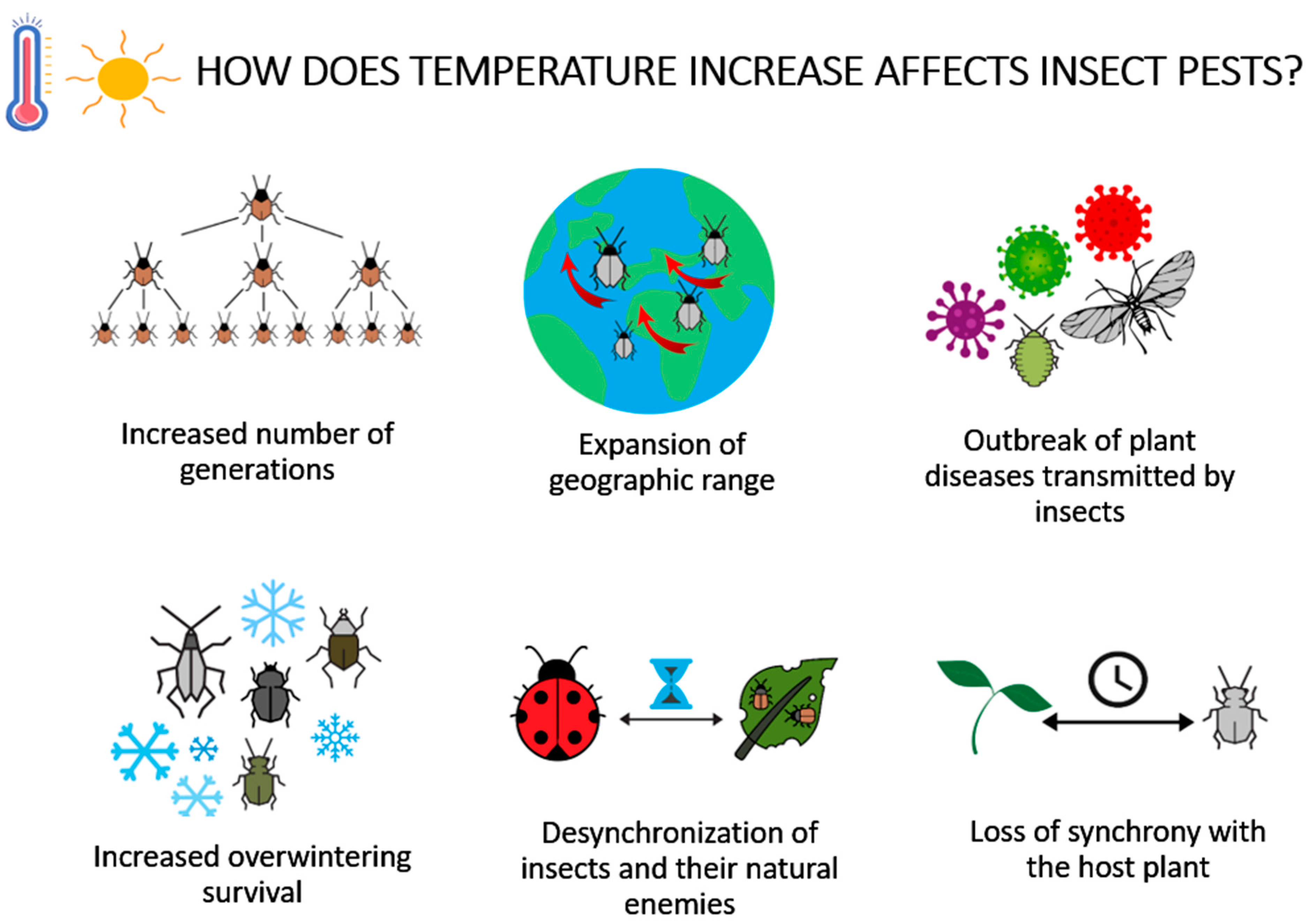4 Simple Techniques For Eco Bed Bug Exterminators Dc
4 Simple Techniques For Eco Bed Bug Exterminators Dc
Blog Article
The 10-Second Trick For Eco Bed Bug Exterminators Dc
Table of ContentsAbout Eco Bed Bug Exterminators DcThe Facts About Eco Bed Bug Exterminators Dc UncoveredSome Known Details About Eco Bed Bug Exterminators Dc About Eco Bed Bug Exterminators DcNot known Incorrect Statements About Eco Bed Bug Exterminators Dc
Since chemicals are poisonous, they are likewise potentially harmful to human beings, animals, various other microorganisms, and the environment. As a result, individuals that make use of chemicals or on a regular basis come in call with them have to recognize the family member toxicity, possible wellness impacts, and preventative actions to minimize exposure to the products they use. Risk, or risk, of utilizing pesticides is the possibility for injury, or the degree of threat associated with making use of a pesticide under a given collection of conditions.
However, applicators can lessen or virtually get rid of exposure-- and hence reduce threat-- by following the tag directions, utilizing individual protective apparel and tools (PPE), and taking care of the chemical properly. For instance, even more than 95 percent of all pesticide direct exposures originate from facial direct exposure, largely to the hands and lower arms. By using a set of unlined, chemical-resistant gloves, this kind of exposure can be almost gotten rid of.
The damaging effects that occur from a single direct exposure by any course of entrance are termed "severe results." The 4 courses of exposure are facial (skin), inhalation (lungs), oral (mouth), and the eyes. Acute poisoning is figured out by analyzing the facial toxicity, inhalation poisoning, and dental poisoning of test pets.
Everything about Eco Bed Bug Exterminators Dc
Severe toxicity is determined as the amount or concentration of a toxicant-- the a.i.-- needed to kill half of the pets in an examination populace. This procedure is usually revealed as the LD50 (deadly dosage 50) or the LC50 (lethal focus 50). Furthermore, the LD50 and LC50 worths are based upon a solitary dosage and are tape-recorded in milligrams of pesticide per kg of body weight (mg/kg) of the guinea pig or in parts per million (ppm).
The lower the LD50 or LC50 value of a pesticide product, the greater its poisoning to human beings and pets. Chemicals with a high LD50 are the least toxic to human beings if utilized according to the directions on the product label. The chronic toxicity of a pesticide is determined by subjecting guinea pig to long-lasting direct exposure to the active component.
The persistent poisoning of a chemical is a lot more tough than intense poisoning to identify with laboratory evaluation. Products are classified on the basis of their family member acute toxicity (their LD50 or LC50 values). Chemicals that are identified as very toxic (Toxicity Category I) on the basis of either dental, facial, or inhalation poisoning have to have the signal words risk and poisonous substance published in red with a skull and crossbones icon prominently showed on the front panel of the plan tag.
The severe (single dose) dental LD50 for pesticide items in this team ranges from a trace quantity to 50 mg/kg. As an example, direct exposure of a couple of decreases of a product taken by mouth can be fatal to a 150-pound individual. Some pesticide products have just the signal word threat, which informs you absolutely nothing regarding the severe poisoning, just that the item can trigger severe eye damages or serious skin irritability
The Buzz on Eco Bed Bug Exterminators Dc
In this category, the intense oral LD50 ranges from 50 to 500 mg/kg. A teaspoon to an ounce of this product could be deadly to a 150-pound individual (exterminator). Pesticide products identified as either somewhat poisonous or fairly safe (Poisoning Classifications III and IV) are called for to have the signal word CAUTION on the chemical label

All pesticide toxicity values, worths the Consisting of, can be found on the product's Item Safety Data Safety and security (MSDS). Chemical tags and MSDS can be gotten from retailers or makes - https://ecobedbug3xt.blog.ss-blog.jp/. The signs of chemical poisoning can vary from a moderate skin irritability to coma or even death.
Because of potential wellness worries, pesticide users and trainers must recognize the usual signs and symptoms of pesticide poisoning. The results, or symptoms, of chemical poisoning can be extensively specified as either topical or systemic.
The 4-Minute Rule for Eco Bed Bug Exterminators Dc
Dermatitis, or swelling of the skin, is approved as one of the most typically reported topical impact connected with pesticide exposure. Symptoms of dermatitis variety from reddening of the skin to rashes and/or sores. Some individuals tend to cough, wheeze, or sneeze when exposed to chemical sprays. Some people respond to the solid smell and annoying results of oil extracts utilized as carriers in pesticide items.
This symptom usually my link subsides within a few minutes after a person is removed from the direct exposure to the irritant. A reaction to a pesticide item that causes a person not just to sneeze and cough but also to develop extreme acute breathing signs and symptoms is a lot more likely to be a real hypersensitivity or allergic reaction.
Systemic results are rather different from topical results. They typically occur far from the original point of get in touch with as an outcome of the pesticide being absorbed right into and distributed throughout the body. Systemic effects frequently include nausea, throwing up, fatigue, headache, and intestinal problems. In advanced poisoning instances, the individual may experience adjustments in heart rate, trouble breathing, convulsions, and coma, which might result in death.
Report this page